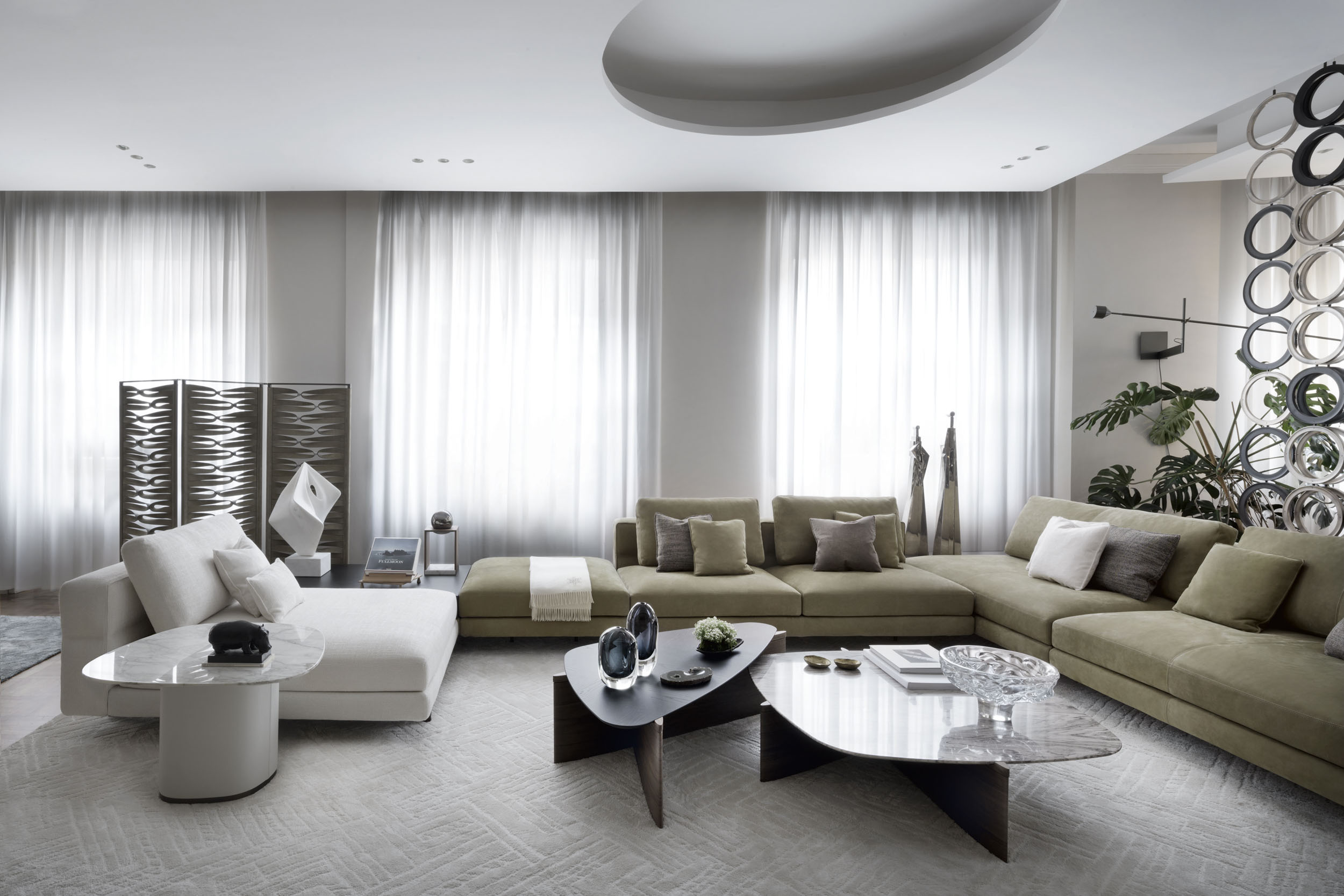Tips To Use Lighting To Improve Your Interior Design

Lighting is a vital element in interior design, significantly affecting the mood, functionality, and overall aesthetics of a space. Properly utilized, lighting can change any room, highlighting architectural features, creating ambience, and improving the design. Find here some essential tips from top interior design firms in Abu Dhabi for using lighting to improve your interior design.
Layer your lighting:
Effective lighting involves layering different types of light: ambient, task, and accent. Ambient lighting provides overall illumination and sets the room’s tone. Task lighting focuses on specific areas where tasks are performed, such as reading or cooking. Accent lighting highlights architectural features, artwork, or decorative elements. Combining these layers ensures a well-lit and functional space that caters to various needs and activities.
Use dimmers for flexibility:
Incorporating dimmer switches allows you to adjust the light levels according to different activities and moods. Dimmers provide flexibility, enabling you to create a range of atmospheres from bright and energizing to soft and relaxing. This versatility is particularly useful in living rooms, dining areas, and bedrooms, where the lighting needs can vary throughout the day and night.
Highlight architectural features:
Use lighting to accentuate the architectural features of your space. Recessed lighting can highlight ceiling details or wall textures, while LED strips can be used to illuminate coves or under cabinetry. Highlighting features such as exposed beams, columns, or unique wall textures can add depth and visual interest to your interior design.
Incorporate statement lighting fixtures:
Statement lighting fixtures, such as chandeliers, pendant lights, or large floor lamps, can act as focal points in a room. Choose fixtures that complement the overall design style and scale of the space. A dramatic chandelier in a dining room or a sleek pendant light over a kitchen island can make a significant impact and improve the room’s character.
Consider natural light:
Increase natural light by positioning furniture and décor to take advantage of windows and daylight. Use sheer curtains or blinds to control the amount of light entering the space without blocking it completely. Natural light improves the color and texture of interior elements and contributes to a fresh and airy atmosphere.
Use lighting to define zones:
In open-plan spaces, lighting can be used to define different zones and areas. Use different lighting schemes to visually separate the dining area from the living space or the workspace from the relaxation zone. This approach helps to create a cohesive layout and improves the functionality of each area.